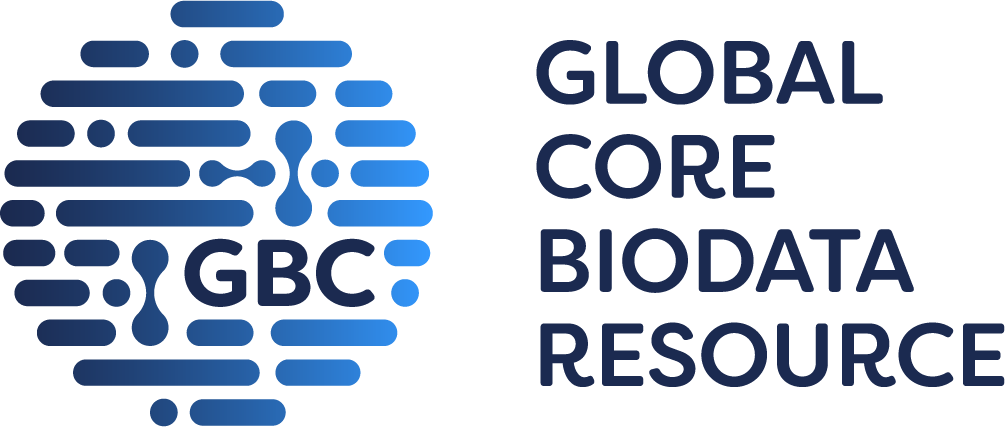homeostasis/metabolism
 N N |
• male mice show normal hepatic triglyceride and cholesterol levels, regardless of diet
|
 |
• male mice fed a high-fat diet (HFD) show increased plasma insulin levels at 15 min after intraperitoneal glucose injection
|
 |
• in an intraperitoneal glucose tolerance test (IPGTT), 16-week-old male mice fed a HFD show improved glucose tolerance, with a significantly decreased area under the curve (AUC) relative to HFD-fed wild-type males
• however, males fed a standard diet (STD) show no differences in glucose tolerance relative to STD-fed wild-type males
• moreover, 17-week-old males show normal insulin sensitivity whether fed a STD or HFD
|
endocrine/exocrine glands
 |
• HFD-fed males show a decrease in the number of TUNEL+ apoptotic pancreatic beta cells relative to HFD-fed wild-type males
• however, the proportion of Ki67+ proliferative beta cells is unchanged after HFD feeding
|
 |
• HFD-fed males show a significant increase in pancreatic beta-cell area and the beta cell mass to body weight ratio relative to HFD-fed wild-type males
|
 |
• male mice fed a high-fat diet (HFD) show increased plasma insulin levels at 15 min after intraperitoneal glucose injection
|
adipose tissue
 |
• STD-fed male mice show a slight but statistically significant reduction in inguinal subcutaneous white adipose tissue (WAT) relative to STD-fed wild-type males, with no detectable differences after HFD feeding
• both STD- and HFD-fed males show no significant changes in the relative weight of hamstring and gastrocnemius muscles, adipose tissues (mesenteric WAT, perirenal WAT, epididymal WAT, and subscapular WAT and BAT), or various organs relative diet-matched wild-type controls
|
cellular
 |
• HFD-fed males show a decrease in the number of TUNEL+ apoptotic pancreatic beta cells relative to HFD-fed wild-type males
• however, the proportion of Ki67+ proliferative beta cells is unchanged after HFD feeding
|
growth/size/body
 N N |
• male mice fed a standard diet or HFD show no significant changes in body weight gain relative to diet-matched wild-type controls
|
liver/biliary system
 N N |
• male mice show normal liver weight relative to body weight, regardless of diet
|



 Analysis Tools
Analysis Tools